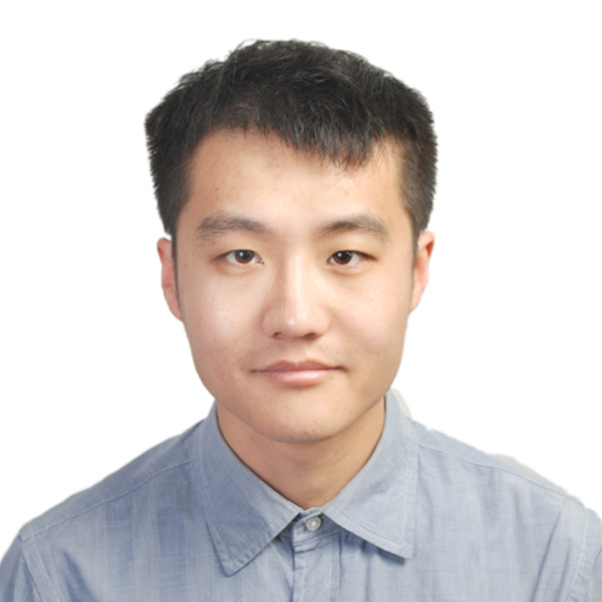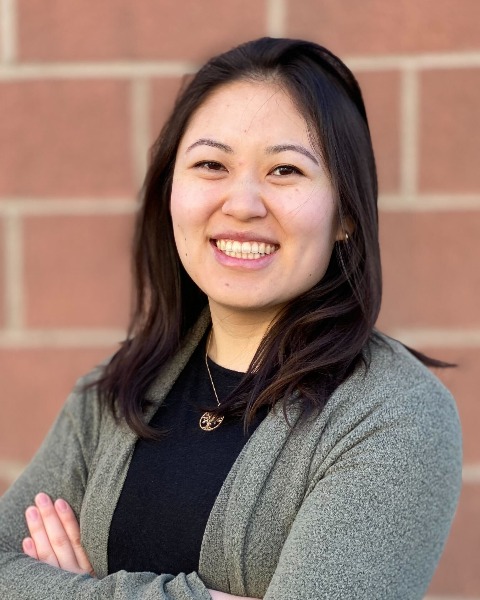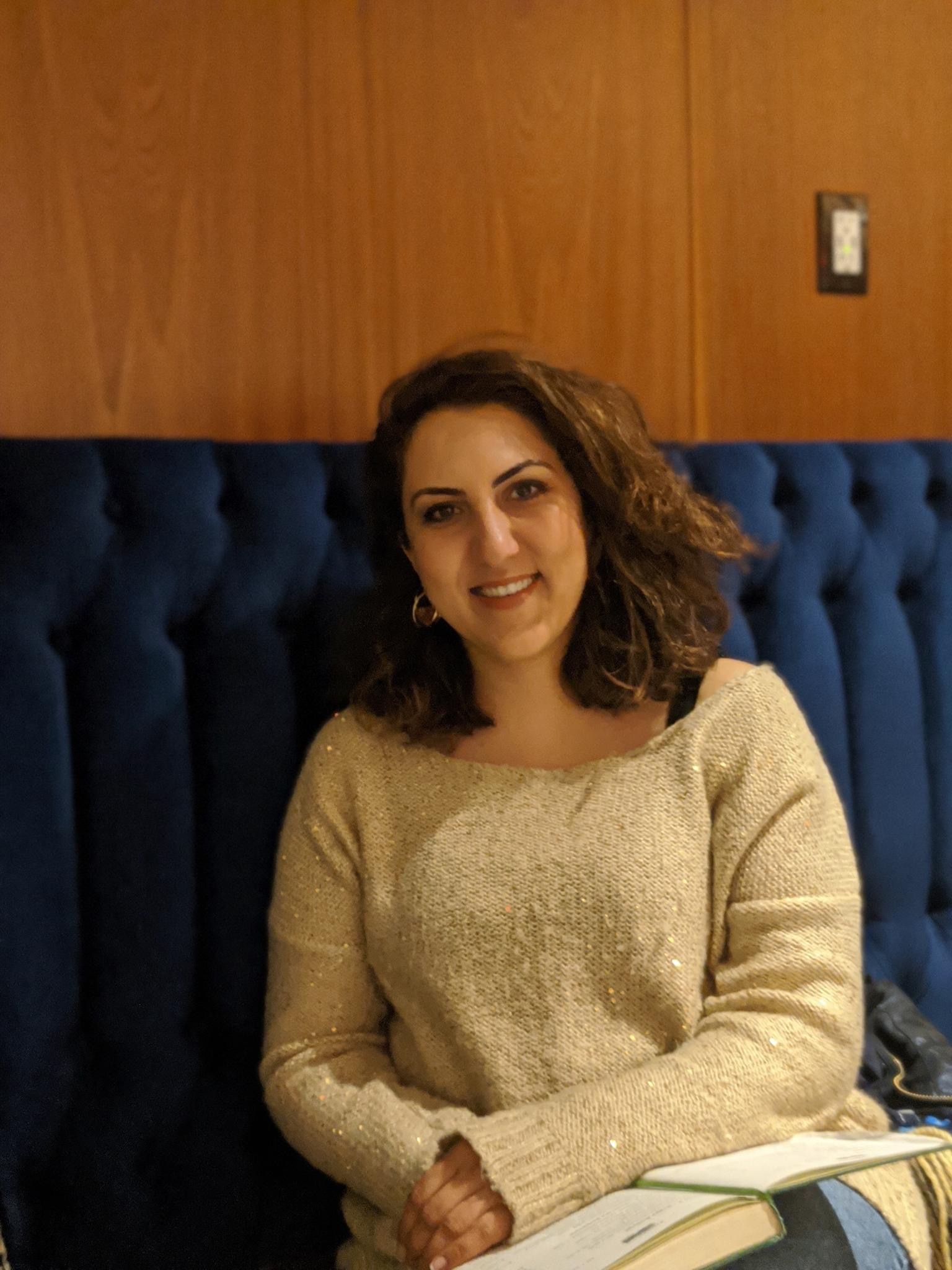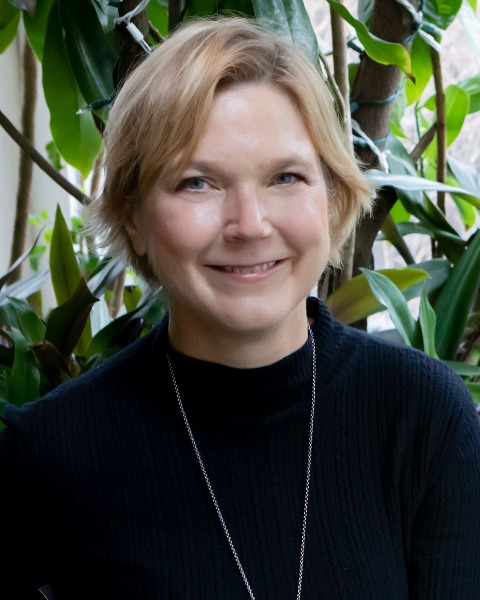Biomedical Imaging and Instrumentation
A Wide-field Fluorescent Microscopy System for Organs-on-Chips Live Cell Imaging
(G-255) A Wide-field Fluorescent Microscopy System for Organs-on-Chips Live Cell Imaging

Haidong Feng, PhD
Postdoc
Massachusetts Institute of Technology
Cambridge, Massachusetts, United States
Ellen L. Kan (she/her/hers)
PhD Candidate
Massachusetts Institute of Technology, United States- BL
Bo Li
PhD student
Michigan State University, United States 
Yifan Liu
PhD student
Michigan State University, United States
Ayse Nihan Kilinc, PhD (she/her/hers)
Postdoctoral Associate
Massachusetts Institute of Technology
Cambridge, Massachusetts, United States- MJ
Matthew Johnson
Graduate Research Assistant
Massachusetts Institute of Technology
Cambridge, Massachusetts, United States - DT
David Trumper
Professor
MIT, United States 
Linda Griffith, PhD
Professor
Massachusetts Institute of Technology, United States
Zhen Qiu
Professor
Michigan State University, United States
Presenting Author(s)
Co-Author(s)
Last Author(s)
Real-time monitoring of Organs-on-Chips (OOCs) systems is crucial for characterizing and optimizing tissue co-culturing systems, as the conventional imaging techniques may disturb the normal culturing conditions, such as the continuous microfluidic media circulation process. In this study, we present a microscope platform designed for live cell imaging of microfluidic tissue chips. This innovative system enables the visualization and quantification of transient processes, such as the formation of in vitro microvascular networks and the growth of patient-derived epithelial organoids, within a tightly controlled environment inside an incubator.
Materials and Methods::
Microscope platform: We developed a wide-field microscopy platform for live imaging of tissue growth. The assembled microscope, measuring 14 x 12 x 16 inches, fits perfectly into a standard 180-liter incubator. Figure 1 (A) illustrates the light path of the microscope, which includes both transmitted and epi illumination for diverse sample imaging requirements. The fluorescent light source is a Toptica iChrome MLE multiple laser machine with excitation wavelengths from 405 to 640 nm. We used a Nikon Nikkor 50mm objective lens (3.5X magnification) and a PCO panda 4.2 bi sCMOS camera for image acquisition. A LabVIEW program is developed to control camera and illumination configurations, with functions for laser and camera timing and triggering. Software such as ImageJ and TrackMate are used for image analysis and tracking processes.
Cell culture: To validate the microscope platform, we chose two cell culture platforms for initial proof-of-concept experiments: 3D hydrogel droplets in a 96-well plate and custom-made microfluidic chips. For the hydrogel droplets, primary human endometrial epithelial organoids (EEOs) were isolated from patient biopsies, dissociated, and encapsulated in 3 µL Matrigel droplets. For the microfluidic chips, devices with a central tissue compartment flanked by two media channels were designed and fabricated. GFP-labeled human umbilical vein endothelial cells (HUVECs) and supporting normal human lung fibroblasts (NHLFs) were encapsulated within a synthetic polyethylene glycol (PEG) hydrogel modified with integrin-binding and cell matrix-binding peptides. With the addition of a monolayer of HUVECs in the media channels, the HUVECs undergo vasculogenesis, self-assembling into lumenized endothelial cell networks.
Results, Conclusions, and Discussions::
The assembled imaging system exhibits a resolution of 2.46 µm in bright field imaging, with a field of view of 3x3 mm, making it compatible with the tissue chamber designs used in our projects. With an air-tight design, the microscope maintains steady performance inside the incubator, enabling continuous live cell imaging for up to one week. Figure 1(B) illustrates a bright field image of primary human endometrial epithelial organoids (EEOs), which are isolated from patient biopsies and then expanded within Matrigel droplets. The growth of EEOs is continuously monitored for 88 hours, capturing time-lapse images every 15 minutes. Through image processing, we can estimate the organoids’ growth and morphological changes over time. Figure 1(B) also presents the variation of organoid equivalent diameter with time. Our findings indicate that organoids exhibit a linear growth rate under the given culture conditions, while individual organoid shrinkage is also observed. This will support the evaluation of cell growth dynamic and drug response. Figure 1(C) shows the growth of human umbilical vein endothelial cells (HUVECs) and supporting normal human lung fibroblasts (NHLFs) within a synthetic, peptide-functionalized polyethylene glycol (PEG) hydrogel droplet. Label-free live cell imaging allows us to track the vasculogenesis process inside the tissue compartment. The experiment reveals the formation of microvascular networks (MVNs) and isolated cell migration into the media channel. In the next step, we plan to monitor the vascularization process with continuous media circulation inside the microfluidic chip.
The proposed wide-field fluorescent microscopy platform demonstrates significant potential for live cell imaging in tissue-on-a-chip applications. In the proof-of-concept experiments, the capability of the assembled microscopy system is demonstrated through in both droplet culture and microfluidic chips. Its high flexibility allows seamless integration with microfluidic tissue chips and media delivery systems, enabling long-term monitoring with minimal disturbance to culture conditions.
Acknowledgements (Optional): :
References (Optional): :
